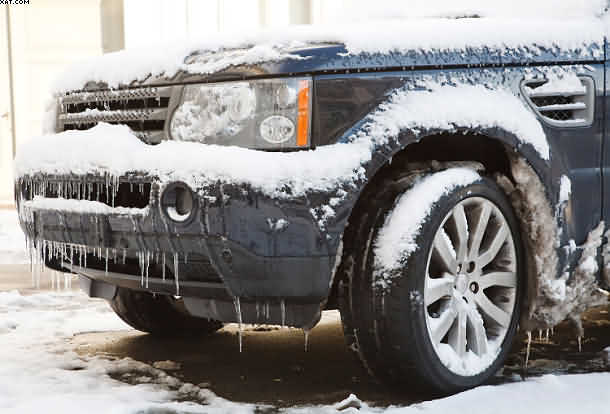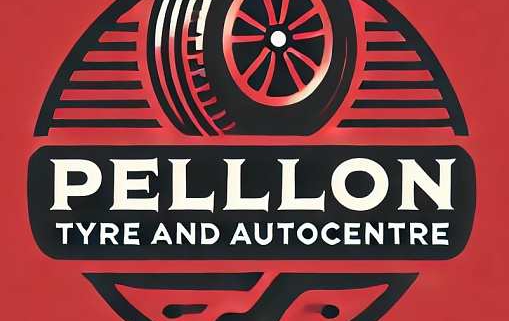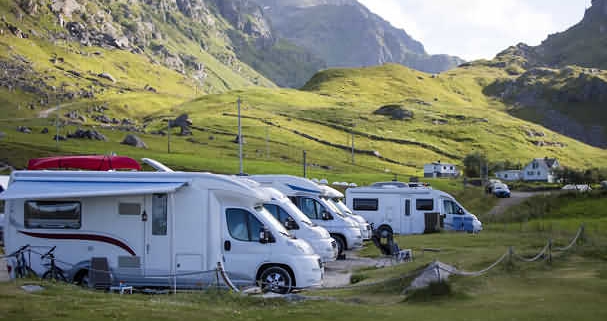Motorhome Tyres
Table of Contents
Motorhome Tyres

Motorhome Tyres
This problem is nothing new. Back in the day, when vans were becoming more popular, we had a similar problem. People who bought these small and medium vans were unsure which type of tyres to use.
Vans used for small businesses could carry some real weight. They would load their van with all sorts of equipment that was used to carry out their jobs. Caravans were also becoming more popular, but I will leave that for another article.
The popular van sizes in those days
ranged from 155×13 radial to 185×14 radial. Each of these sizes was made as a van tyre or a car tyre. The van tyres were made with a heavier ply rating to enable the tyres to carry more (or the correct) weight.
Our customers would always go for a cheap car tyre option and not worry about the consequences of having a tyre blowout because their van was overloaded. This also happened on caravans—overloaded caravans fitted with car tyres that had the incorrect load rating. With a little knowledge, the owners of these vans started to fit the correct motorhome tyres for the job. Vans became faster and were able to carry heavier loads, so they were fitted with low-profile tyres, and it became necessary for them to fit the correct tyres.
Enter the motorhome tyres.
The caravan people also had problems fitting the wrong tyres. I would go straight to the motorhome problem, because it is a more current problem. Because of the massive increase in motorhome ownership, there will be more motorhome/camping tyres sold.
This is something that is happening as I write this article.
The thing is, though, is that the same problem as with the early van tyres? Drivers of these vehicles want to scrimp when it comes to buying the correct tyres for the job. In my opinion, there are two options for motorhome tyres. The first is to fit a van tyre. The van tyre should be the same size, speed, and load rating as the original tyre that is being replaced.
If everything is the same, then you are within the law. Whatever you do, do not try to revert to fitting a car tyre of the same size, because the load rating will not be the same. Lower load ratings are what cause a blowout. This is one of the main reasons that you will see a caravan rolled over onto its side or in a ditch.
As motorhomes became more popular, some of the leading tyre manufacturers introduced specific motorhome tyres for camper motorhome owners. Michelin tyres, Continental tyres, and Pirelli tyres all brought out a specific niche market for camper/motorhome tyres.
When entering the camper tyre market,. Tyre makers were looking at the strong tyre casing with a high load rating, the same as a van tyre. Strong casings enable the tyre to carry much more weight. They can also cope with cornering and different terrains. After all, you can see motorhomes anywhere. Not just on tarmac roads. This rigidity comes from a stronger sidewall. As a result, it also prevents the motorhome tyres from swaying. We have all seen this when following an overloaded caravan.
It is also very good advice to drive within the speed limit and to avoid swerving.
My understanding is that the correct motorhome tyres are made with a different tyre compound than the regular van tyres, and this could be one of the reasons that the correct motorhome tyres a little more expensive. Certainly do not be tempted to fit regular car tyres; this has been asked of us a few times by the
owners of older motorhomes, but this is a no-go area.
Here in Halifax at Pellon Tyres, we find that Continental and Michelin are the two most popular brands of motorhome tyres that we fit, and we thoroughly recommend them for your camper van or motorhome.
I would recommend that you look at excellent advice about motorhome tyres from the tyre safety organisation that I fully support. http://www.tyresafe.org/


